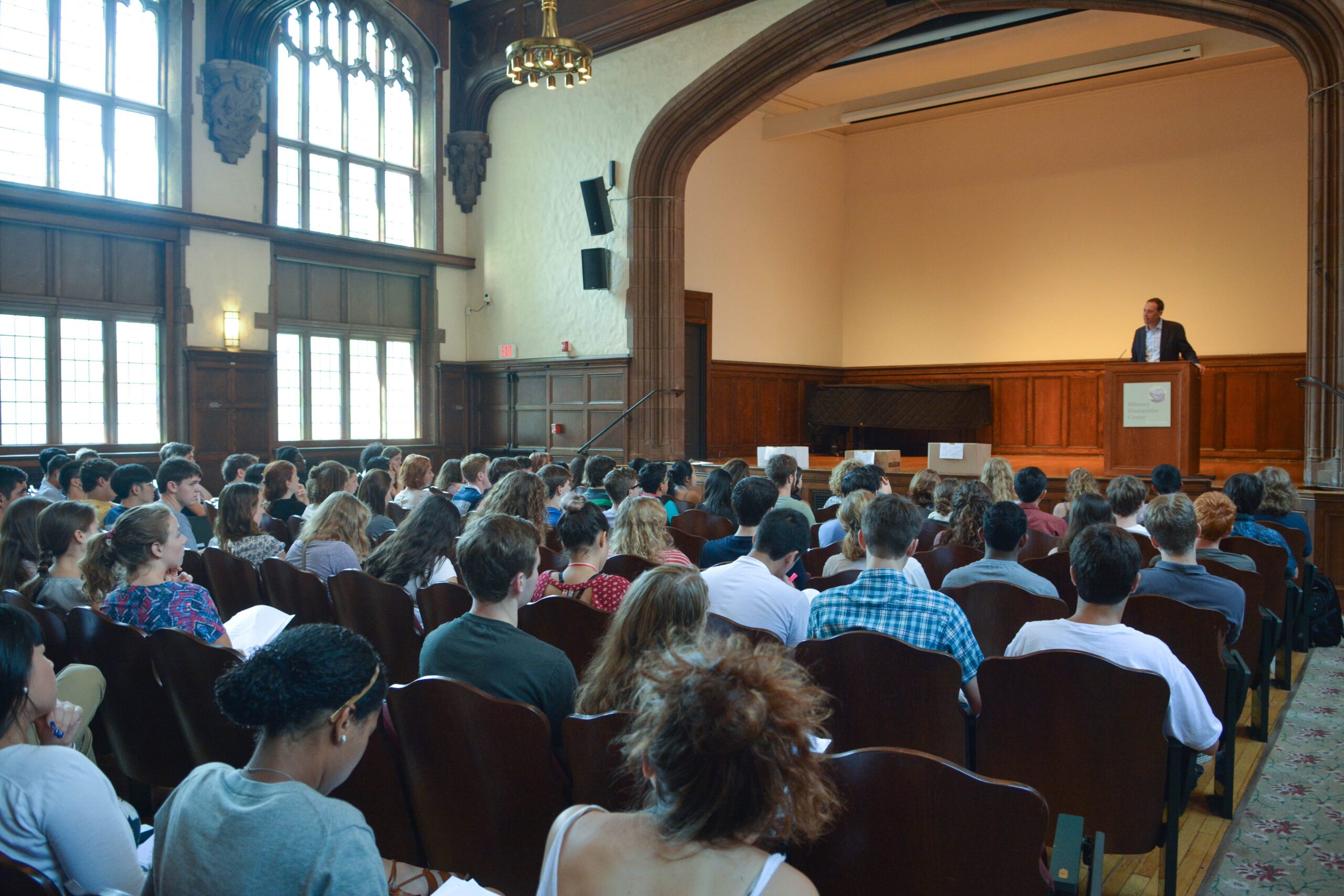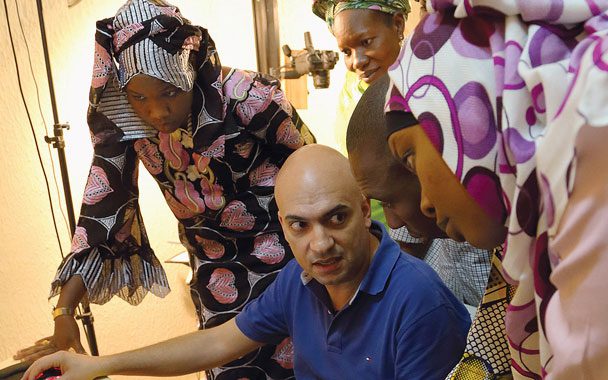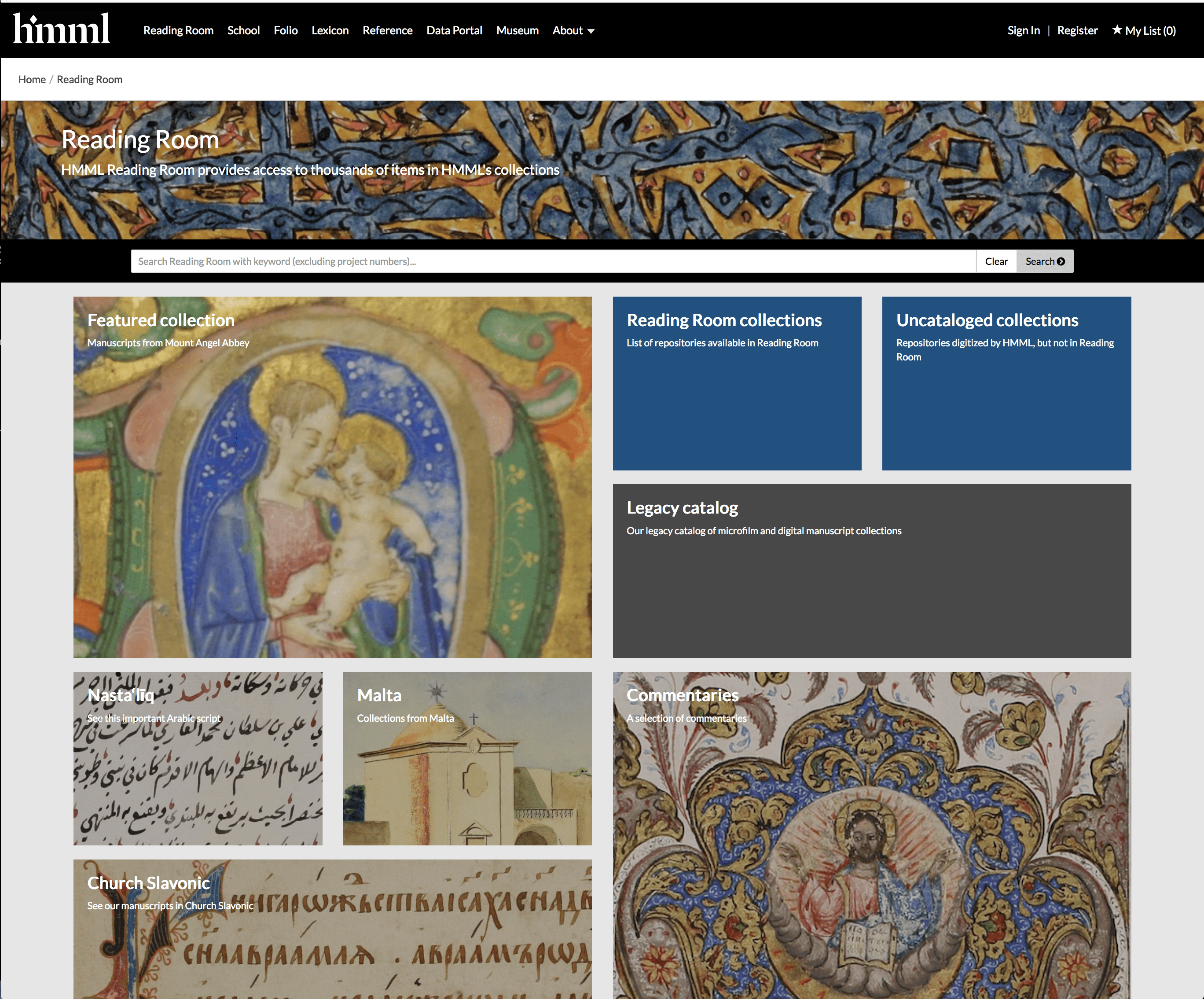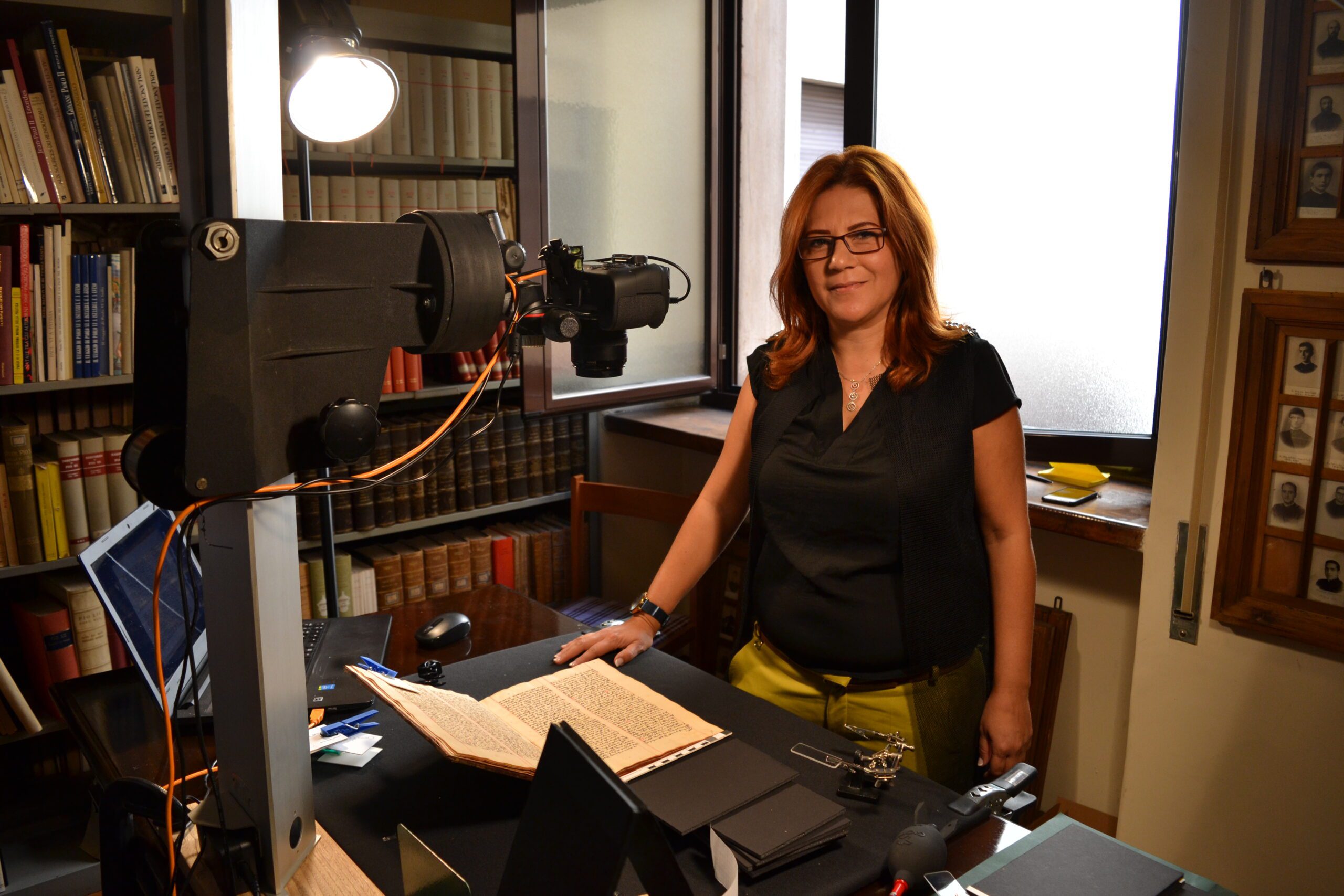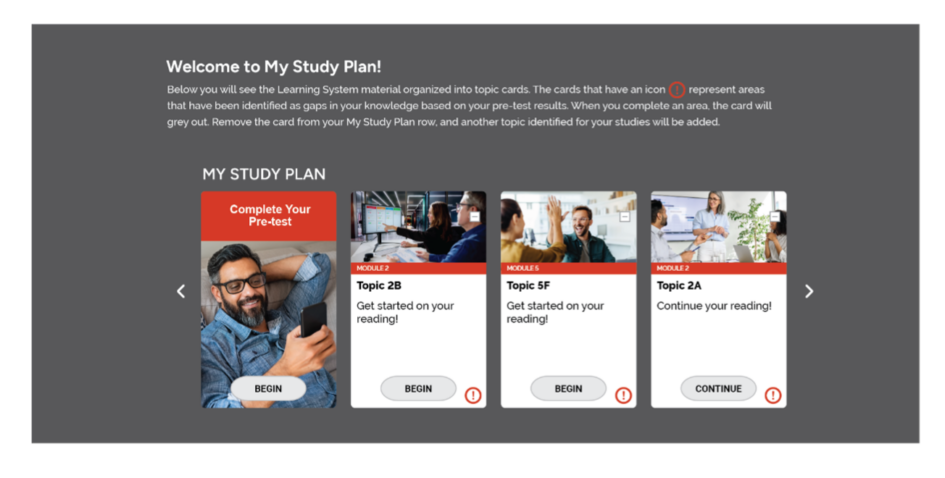
Holmes Corporation: Customizing education and certification with Machine Learning
Customizing education with Machine Learning
Holmes Corporation partnered with SDG to customize their professional education and certification program using machine learning and artificial intelligence.
Challenges
Varying data sources
Access to actionable data in real-time
Limited capacity & tight timeline
SDG Solutions
AI and ML learning models
Model-ready data sets
Consumer personas
Data lakes in Azure
Elevating the learning experience
Holmes Corporation (HC) designs and delivers personalized and adaptive educational products for individuals worldwide seeking professional credentials and certifications. Through strong partnerships with professional associations, colleges, universities, and other global training providers, they have helped more than 2 million professionals in more than 200 countries prepare for and earn globally recognized credentials. HC’s association partners’ members are busy professionals with diverse job functions and varying levels of education and career seniority. The time they can allocate to professional development and learning is limited, so delivering training solutions that target their knowledge gaps is critical.
Operating for more than 50 years, HC has amassed a vast storehouse of training content, performance data, and consumer information. HC’s technology and product leaders wisely identified that Artificial Intelligence (AI) and Machine Learning (ML) technology might help them better utilize this data, using learners’ time more efficiently while still teaching and assessing the necessary professional skills. To explore these new concepts, HC augmented their in-house talent with targeted AI and ML technical expertise from SDG.
Assessing Data Readiness
Co-exploring possibilities
SDG and HC then collaborated to explore ways to use this data to address high-potential business opportunities. Together, they paired technical analysis with research into the user experience to address the business goals of HC’s professional association customers and their member-learners.
Highlights of Co-exploration
- The SDG and HC teams used ML clustering techniques to identify and develop consistent pathways based on learner classifications (based on learner profile data) and guide the user experience.
- Using a Machine Learning model, SDG consultants created an explainability analysis to identify an optimal study path for each student persona.
Building the solution
The descriptive modeling that helped HC understand their students served as the foundation for the next step: creating a more adaptive and personalized “My Study Plan” solution, using AI and ML technology and techniques.
This enhanced system combined best practices from the field of educational data mining with individual student performance data to recommend specific content to individual students. Essentially, the team deployed an AI model at an online endpoint, where, based on the student’s most recent study results, API calls generate real-time recommendations advising each student on where to focus their study time.
Our collaboration with SDG helped us expedite the incorporation of AI and ML technologies into our products to deliver a more adaptive and personalized learning experience to our customers and a leading-edge product for our association partners. These enhancements have contributed to a 35% reduction in required study time for learners by focusing on their knowledge gaps and have improved certification exam performance. SDG’s consultants were great partners not just in technical development, but in machine learning strategy and system design.
An adaptive, streamlined experience
The enhanced “My Study Plan” ensures that each student has a personalized educational path that meets their unique learning and assessment needs while making most efficient use of their time. To confirm the model is performing as intended, the SDG team built monitoring dashboards using Azure Responsible AI for the HC team to leverage. The entire system allows HC and its clients to understand model performance, examine model predictions and real-world outcomes, and ensure optimal outcomes for HC, their professional association customers, and those associations’ member-learners. With these advancements, HC is setting a new standard in professional education, empowering learners to achieve their goals with precision and confidence.



